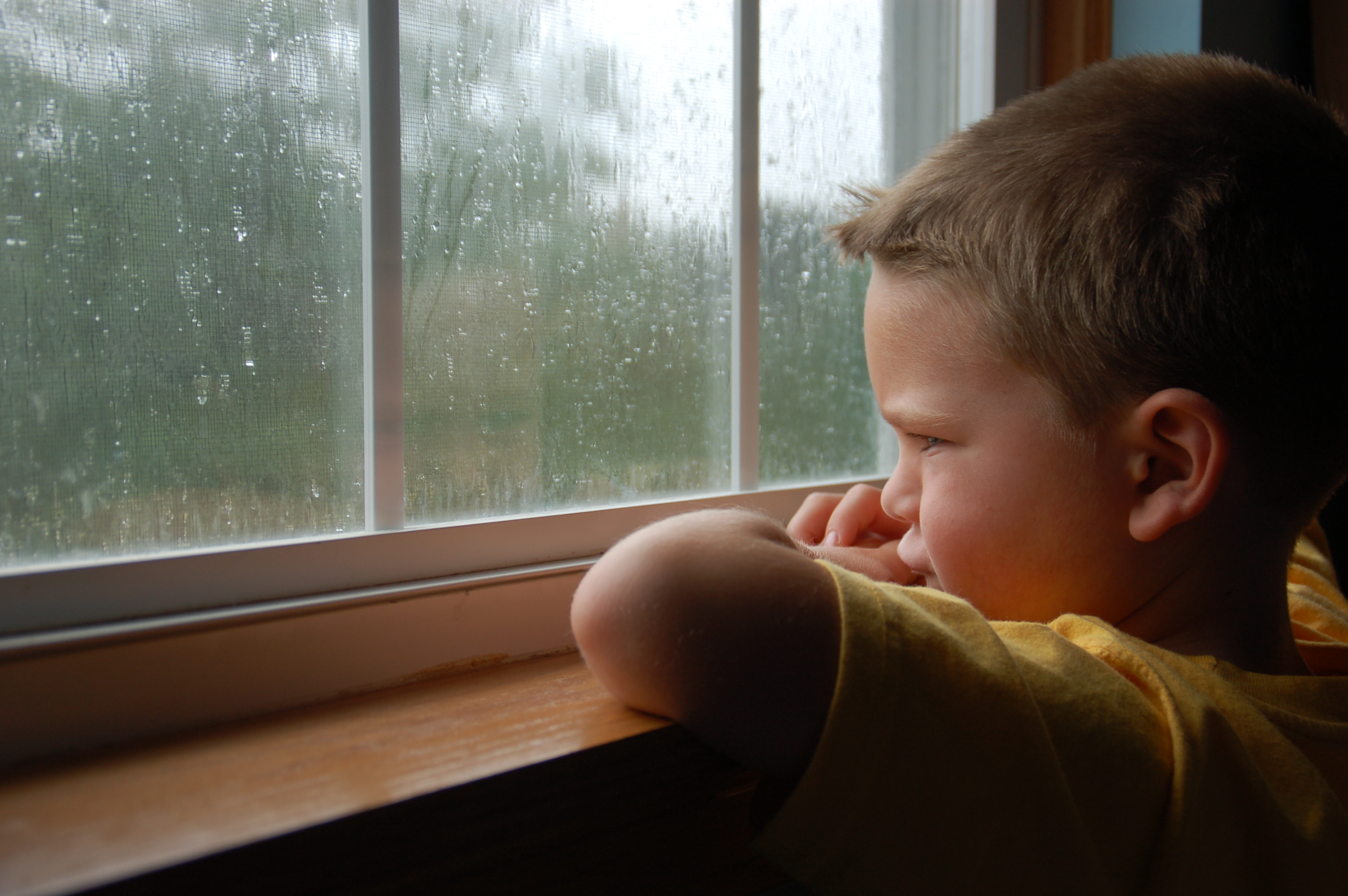Energy-Efficient Ways to Get Fresh Air Indoors in Winter

The Environmental Protection Agency (EPA) contends that indoor air quality is often worse than outdoor air quality. The obvious solution to indoor pollution problems is to ventilate your home to introduce fresh air and/or remove pollutants, but this can be challenging during the wintertime in cooler climates.
While open windows and fans can bring fresh air inside, this action naturally allows heat to escape.
Types of Indoor Air Pollutants
What causes poor indoor air quality? Several different pollutants are to blame.
Dust and pet dander are common indoor air pollutants that can also create allergies. Everyday activities like cooking can also decrease air quality, as can naturally-occurring gases and substances like radon and formaldehyde (common in pressed wood products). A well-sealed home may also retain too much moisture, which could lead to mold growth.
In homes with forced-air furnaces (where the heated air is disbursed through ducts), these pollutants may be circulated around living spaces.
Throwing open all the windows from time to time may help with air quality, but it will also lower energy efficiency and increase heating bills during the winter. This begs the question: Is there a way to get fresh air indoors during the winter without sending your heating bill soaring?
The Basic Indoor Air Pollution Strategy: Eliminate, Isolate, and Ventilate
Here’s the three-step process that experts use to improve indoor air quality:
- Eliminate gases, particles, and other pollutants when possible.
- Isolate the pollutants that cannot be eliminated completely, so they don’t spread around the living space.
- Ventilate the space to remove these pollutants, along with moisture, while also bringing fresh air inside.
The “eliminate” step may involve avoiding cleaners, paints, and other products that contain pollutants and chemicals such as formaldehyde. Cigarette smoke is another common indoor pollutant that homeowners can target for elimination.
“Isolating” gases such as radon will keep them from circulating around the living spaces. Exhaust fans can help remove the gas from basements, crawl spaces, and other areas where it might collect.
“Ventilation” might not be as simple as installing an exhaust fan. Homeowners should be aware of the different ventilation options so that they can choose the best one for their home.
Basic Ventilation Systems
Whole-house ventilation systems come in different forms.
- Exhaust systems push indoor air outside, thereby removing pollutants. However, the exhaust fans may draw in colder air through non-sealed gaps in windows and doors, which, according to the U.S. Department of Energy (DOE), may increase heating costs.
- Supply ventilation is the opposite of an exhaust system: it draws air into the home. Like exhaust units, supply systems may increase heating costs. They may also create conditions for moisture buildup, which could, in turn, lead to mold growth.
- A balanced ventilation system has both exhaust and supply vents, creating beneficial air circulation with outdoor air drawn in and indoor air drawn out. The DOE points out that balanced systems are more expensive than the two simpler options, but they still do nothing to heat or dehumidify the incoming air.
The Most Efficient Option: Heat Exchangers
The most expensive options are energy recovery and heat recovery ventilation systems. Because these appliances use a heat exchanger to warm the incoming air, they are, by far, the most efficient ventilation option during the winter. However, since installation is more expensive, these systems are usually only cost-effective in climates with cold winters.
Is there a difference between “energy recovery” and “heat recovery?” The main distinction is that energy recovery models transfer heat and moisture, while heat recovery systems only transfer heat.
Whole-house systems are the most common option, but smaller window-mounted ventilation units with heat exchangers can work as a supplement to standard heating systems while drawing in fresh air. Window units could prove more budget-friendly and offer a quicker fix for fresh air during the wintertime.
Heat recovery and energy recovery ventilation systems can be cost-effective in places with extreme summers and winters, says the DOE. However, the cost of running the system’s fans may lead to less overall efficiency in places where the temperature does not regularly drop below freezing during the winter.
What About Air Purifiers?
Air purifiers come in many sizes, from basic table-top models to sophisticated whole-house systems. According to the EPA, “the effectiveness of an air cleaner depends on how well it collects pollutants from indoor air and how much air it draws through the cleaning or filtering element.”
The problem most energy-efficient air purifiers is they often fail to draw in enough air to make them worth it, while models that draw in a sufficient amount of air must use more energy. The EPA reveals that a table-top purifier may help in removing a particular pollutant if the source of the pollution is also removed. However, the agency currently does not recommend air filters for removing harmful gases such as radon.
How to Pay for a Fresh Air Upgrade
Some appliances that improve air quality may qualify for special financing through PACE (property assessed clean energy). PACE programs, which offer favorable terms for efficiency-improving upgrades, are specifically designed to make major projects more affordable. Because this financing is administered locally, different projects qualify for funding in different regions.
A knowledgeable PACE provider can help you determine if a heating or ventilation upgrade will qualify for financing in your specific location.
PACE can help you increase the safety and comfort of your home. Contact Ygrene at (855) 901-3999; info@ygreneworks.com to learn more.




